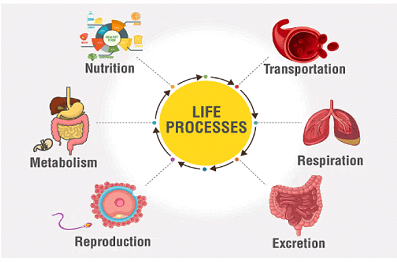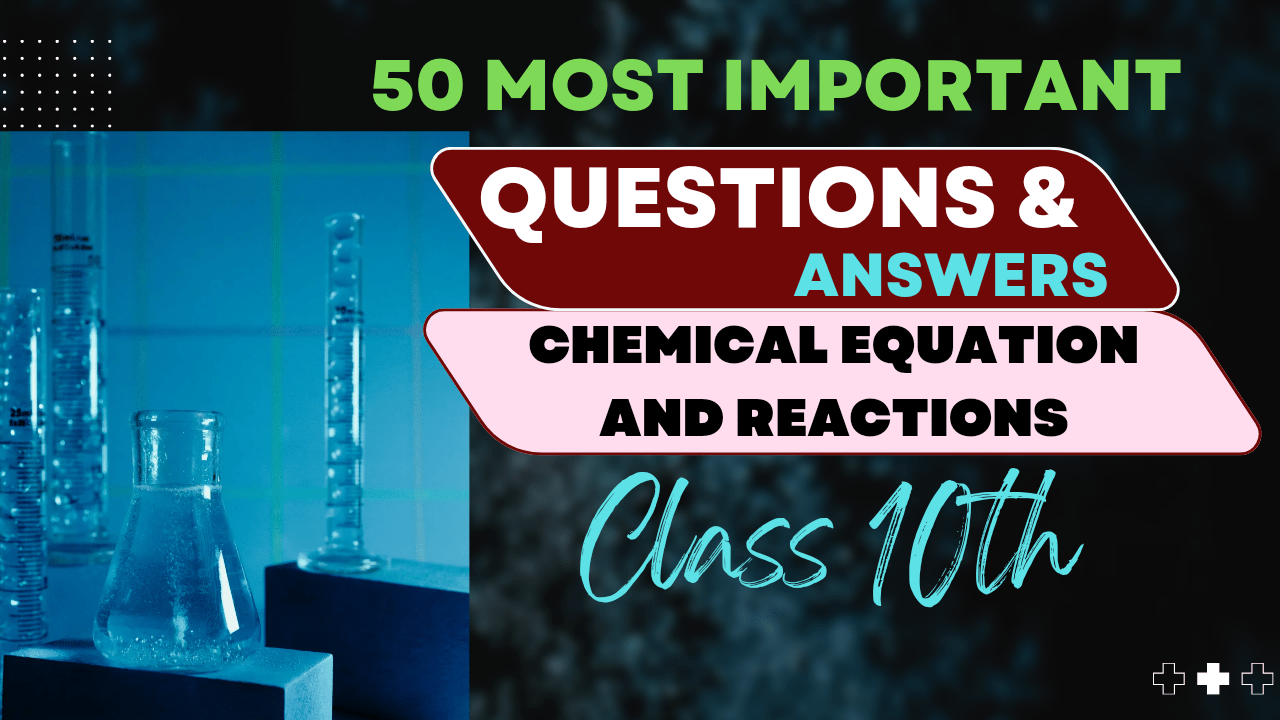What is Chemical Equation class 10
Writing a chemical equation with examples
Introduction to Chemical Equations
Chemical equations are symbolic representations of chemical reactions. They show the reactants (starting substances) and products (resulting substances) involved in a chemical change. Writing chemical equations correctly is a fundamental skill in chemistry that allows scientists to communicate complex reactions clearly and concisely.
Key Concept:
Chemical equations convey three key pieces of information:
- The identities of reactants and products
- The physical states of all substances
- The relative quantities (stoichiometry) of all substances
Symbols and Notation in Chemical Equations
Before learning to write chemical equations, you must understand the notation used to convey additional information about the reaction.
| Symbol | Meaning | Example |
|---|---|---|
| (s) | Solid state | NaCl(s) |
| (l) | Liquid state | H2O(l) |
| (g) | Gaseous state | O2(g) |
| (aq) | Aqueous solution (dissolved in water) | NaCl(aq) |
| → | Reaction direction (forward) | A + B → C + D |
| ⇄ | Reversible reaction | A + B ⇄ C + D |
| Δ | Heat | A + B Δ→ C + D |
| ↑ | Gas evolution | CaCO3 → CaO + CO2↑ |
| ↓ | Precipitate formation | AgNO3 + NaCl → AgCl↓ + NaNO3 |
Steps to Write a Chemical Equation
Follow these systematic steps to write chemical equations correctly:
-
Identify the reactants and products:
Determine which substances are present before and after the reaction.
-
Write the correct chemical formulas:
Use the correct subscripts to represent the number of atoms in each molecule or compound.
-
Place reactants on the left and products on the right:
Separate them with an arrow (→) to indicate the direction of the reaction.
-
Add state symbols:
Include (s), (l), (g), or (aq) to indicate the physical state of each substance.
-
Balance the equation:
Ensure that the number of atoms of each element is the same on both sides of the equation.
-
Add reaction conditions or catalysts:
Include any specific conditions (like temperature, pressure) or catalysts required.
Examples of Writing Chemical Equations
Example 1: Combustion of Methane
When methane (CH4) burns in oxygen, it produces carbon dioxide and water.
Step 1: Identify reactants and products
Reactants: Methane (CH4) and Oxygen (O2)
Products: Carbon dioxide (CO2) and Water (H2O)
Step 2: Write the unbalanced equation with correct formulas
Step 3: Add state symbols
Step 4: Balance the equation
Final balanced equation:
Example 2: Reaction of Hydrochloric Acid with Sodium Hydroxide
When hydrochloric acid reacts with sodium hydroxide, it forms sodium chloride and water.
Step 1: Identify reactants and products
Reactants: Hydrochloric acid (HCl) and Sodium hydroxide (NaOH)
Products: Sodium chloride (NaCl) and Water (H2O)
Step 2: Write the unbalanced equation with correct formulas
Step 3: Add state symbols (both reactants are typically in aqueous solution)
Step 4: The equation is already balanced (check: 1 H, 1 Cl, 1 Na, 2 O on both sides)
Example 3: Photosynthesis
During photosynthesis, plants convert carbon dioxide and water into glucose and oxygen using sunlight.
Step 1: Identify reactants and products
Reactants: Carbon dioxide (CO2) and Water (H2O)
Products: Glucose (C6H12O6) and Oxygen (O2)
Step 2: Write the unbalanced equation with correct formulas
Step 3: Add state symbols and conditions
Step 4: Balance the equation
Common Mistakes to Avoid
Watch out for these common errors:
- Incorrect formulas: Always double-check chemical formulas. For example, the formula for sodium oxide is Na2O, not NaO.
- Forgetting state symbols: Including the physical states adds important information about the reaction conditions.
- Improper subscript placement: Subscripts should be used for the number of atoms, not for charges or coefficients.
- Incorrect balancing: The equation must conserve mass – the same number of each type of atom must appear on both sides.
- Confusing coefficients and subscripts: Coefficients are placed before the formula and affect the entire compound, while subscripts are part of the formula itself.
Exam-Focused Tips
Exam Preparation Tips:
- Practice writing equations: Become fluent by practicing with different types of reactions.
- Learn common patterns: Familiarize yourself with common reaction types (combustion, neutralization, etc.).
- Know your formulas: Memorize the formulas of common compounds and ions.
- Use systematic balancing: Develop a systematic approach to balancing equations.
- Check your work: Always verify that your equations are balanced by counting atoms on both sides.
- Understand the reaction: Don’t just memorize – understand the chemical principles behind the reaction.
Additional Practice Examples
Practice 1: Reaction of zinc with hydrochloric acid
When zinc metal reacts with hydrochloric acid, zinc chloride and hydrogen gas are produced.
Step-by-step solution:
Identify reactants and products: Zn and HCl → ZnCl2 and H2
Write the unbalanced equation: Zn(s) + HCl(aq) → ZnCl2(aq) + H2(g)
Balance the equation: Zn(s) + 2HCl(aq) → ZnCl2(aq) + H2(g)
Practice 2: Decomposition of hydrogen peroxide
Hydrogen peroxide decomposes to form water and oxygen gas.
Step-by-step solution:
Identify reactants and products: H2O2 → H2O and O2
Write the unbalanced equation: H2O2(l) → H2O(l) + O2(g)
Balance the equation: 2H2O2(l) → 2H2O(l) + O2(g)
Note: MnO2 (manganese dioxide) is commonly used as a catalyst for this reaction.
Summary
Writing chemical equations accurately is a foundational skill in chemistry. By following the systematic approach outlined in this guide and practicing with various examples, you’ll develop proficiency in representing chemical reactions. Remember these key points:
- Use correct chemical formulas for all reactants and products
- Include state symbols to provide additional information
- Always ensure equations are balanced
- Indicate reaction conditions or catalysts when relevant
- Practice regularly with different types of reactions
Mastering this skill will help you succeed not only in chemistry exams but also in understanding the chemical processes that occur in the world around us.



